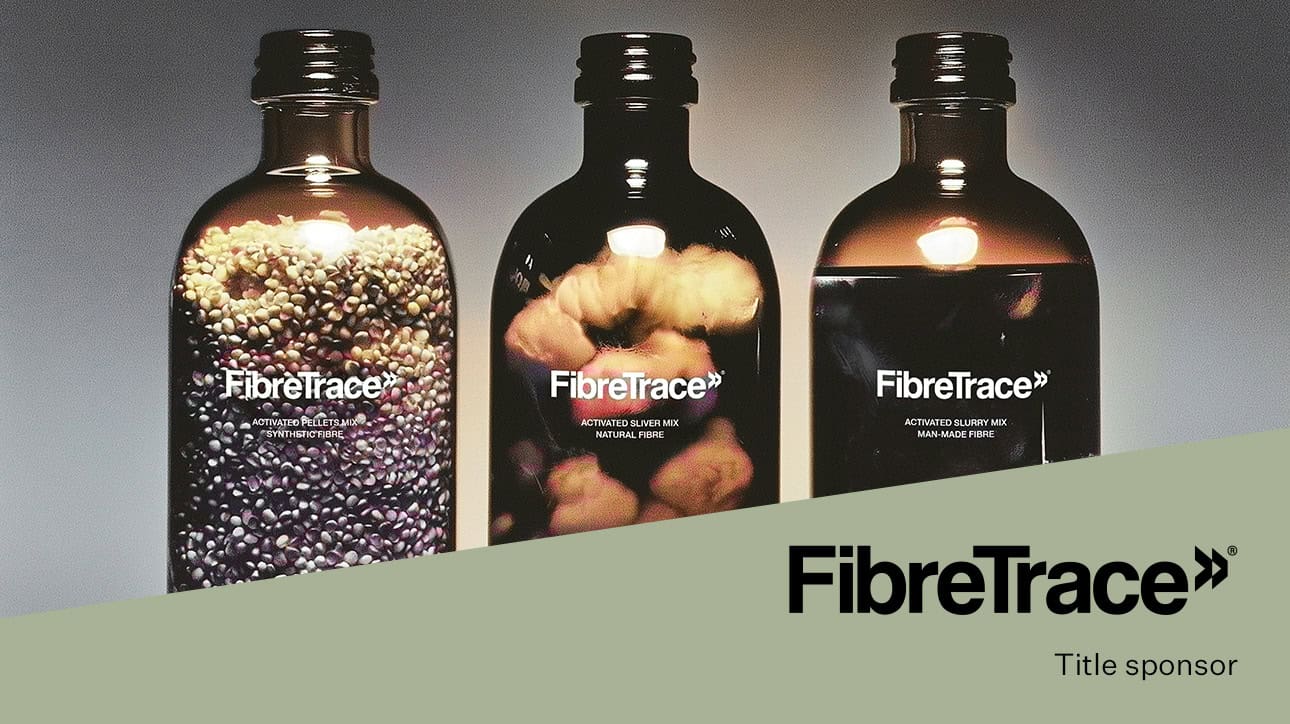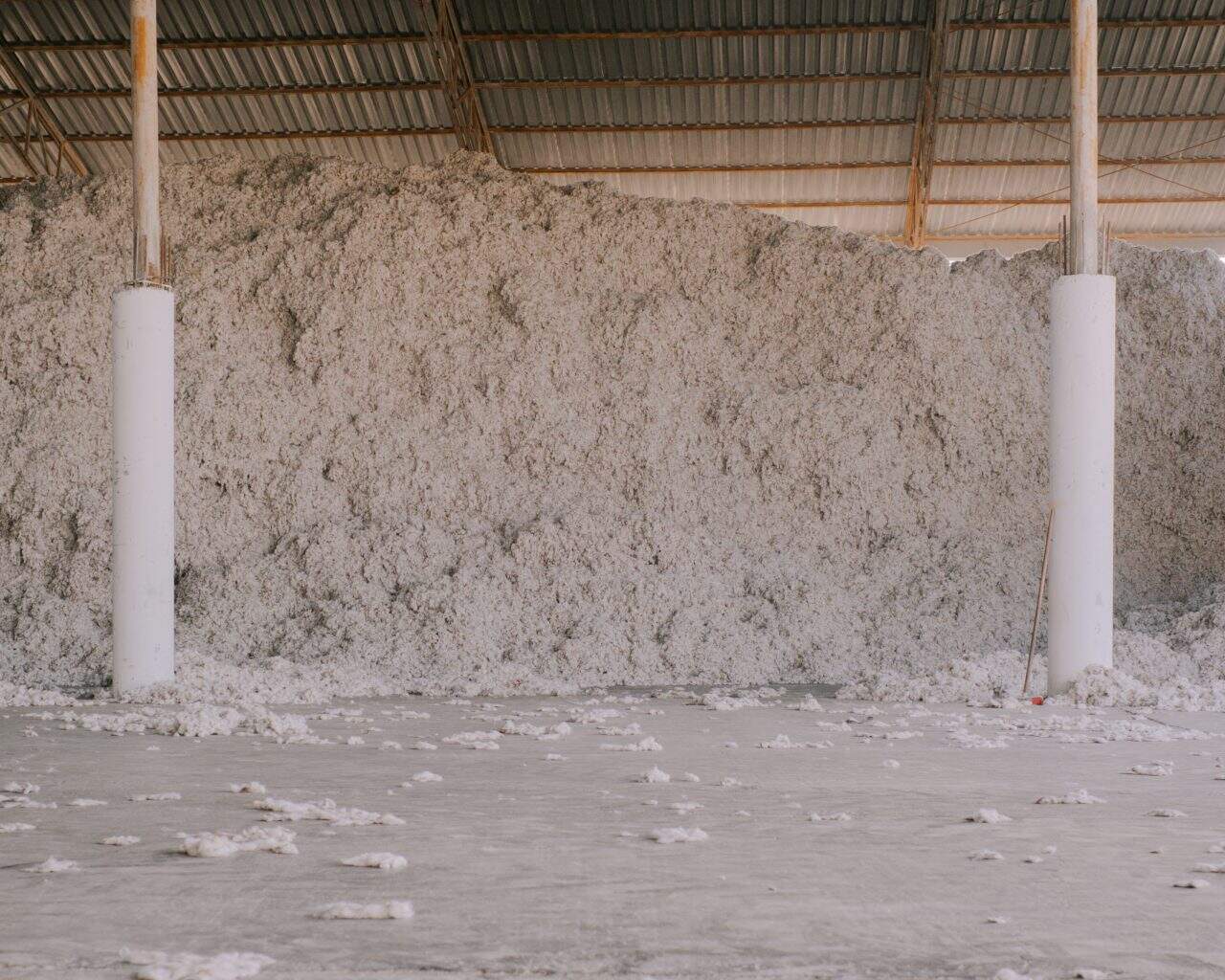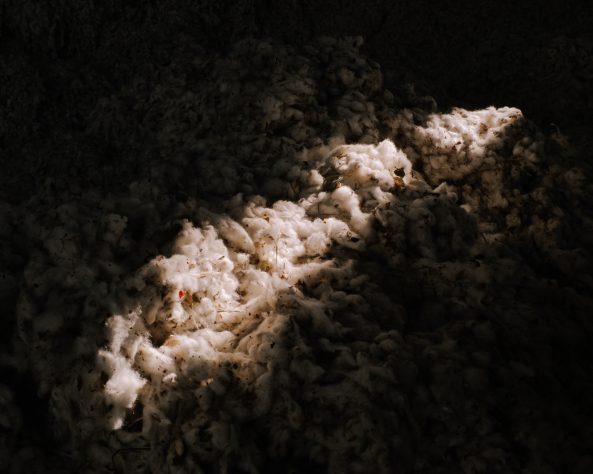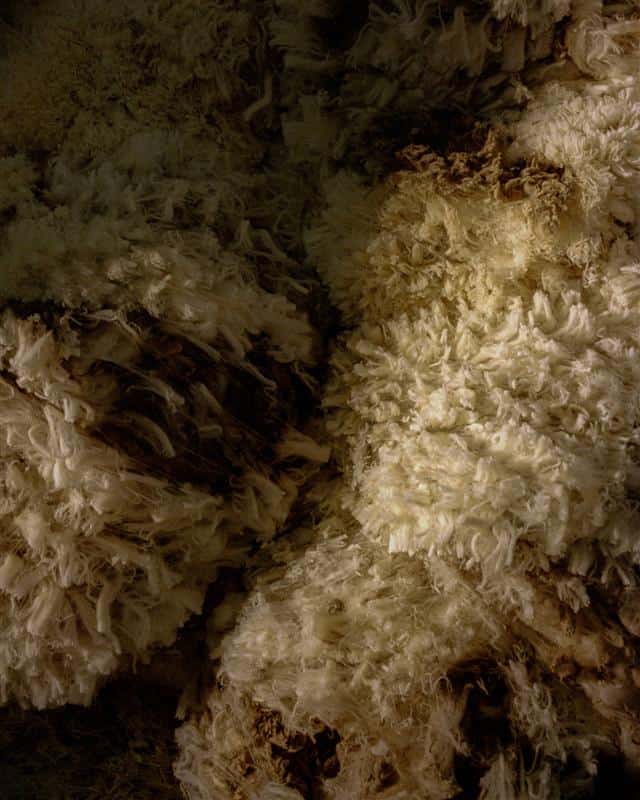Shining Light on Fashion’s Global Supply Chains with Traceability Technology

Today’s fashion supply chains span continents, making it increasingly complex to verify the origin of fibers and materials. FibreTrace® is pioneering technology that embeds physical tracers directly into fibers, delivering real-time visibility from farm to finished garment. Sustainability journalist Sophie Benson meets founder Danielle Statham to find out more.
“FibreTrace was born from a desire to bring honest transparency to the fiber industry,” says Danielle Statham, owner and founder of the traceability tool that tracks garments from fiber to final product and beyond. As the co-owner of an agricultural enterprise and a regenerative cotton farming program in her home nation of Australia, and one-time head of her own denim brand, Statham is uniquely placed to see the roadblocks to traceability that dogged the fiber industry.
She had visions of using her own cotton in her denim line, but she knew that once the fiber left the farm to be spun into yarn, there was absolutely no guarantee she would receive it back. Due to the complex and global nature of the textile supply system, Statham’s cotton would most likely be sent to a facility in Asia to be spun. There, it could be blended with fibers from other farms and countries, including those of lesser quality or grown to lower ecological standards, and she would have no way of knowing.
“In the cotton industry, despite years of sustainability claims, there was no verifiable—or affordable—way to prove the [country of] origin of a fiber once it entered a blended global supply chain,” Statham says. This concern is echoed across the industry, the widespread lack of visibility making it near-impossible for brands and retailers to accurately address the environmental, social, and animal welfare impacts at the start of their supply systems. According to Textile Exchange’s Materials Benchmark, around 80% of fibers sourced by brands come from an unknown country of origin.
The solution, says Statham, was simple but ambitious: what if you could physically trace the fiber itself? “Our focus is quietly powering traceability from within. It was non-negotiable to have a physical tracer attached to the fiber,” she says. Luckily, the answer was waiting to be found. Its roots weren’t in fashion, however, but currency.
“Our focus is quietly powering traceability from within.”
FibreTrace uses luminescent pigment technology that was initially developed for paper-based anti-counterfeit purposes. The technology is similar to when money or sensitive documents like passports are held under a special light source to verify their authenticity. Applied to the fiber sector, it means inert, safe, and REACH-certified pigment IDs are embedded into the fiber at the raw material stage to be tracked throughout its life cycle. “Invisible to the eye, [they] carry a unique signature, almost like a recipe that could have individual names or locations added,” says Statham.
“There were early iterations and trials to ensure the pigment didn’t affect the raw fiber specification or performance, dye uptake, or processing,” she continues. But after lab and field testing, a solution emerged that can withstand all the heat and processing associated with production, wearing, and washing.
A specially developed reader is used to scan the fiber at every stage, from spinning all the way to recycling, confirming the origin and authenticity of the fiber and recording its journey in real-time. As every scanner is assigned to a user, the readers automatically send geolocation, time, and date stamp data to FibreTrace’s blockchain platform (or any traceability platform of choice), bringing together physical proof with digital tracking.
Though the technology emerged from a determination to create traceable, verifiable cotton, it can be applied to a host of fibers, including recycled polyester, natural rubber, leather, recycled down, linen, and wool, to verify where they come from and the qualities and standards they adhere to. This is a must as the industry comes under pressure to back up sustainability and traceability claims with solid proof.




Regulators are increasingly clamping down on greenwashing and calling for product transparency; campaign groups and activists are investigating brand claims and scrutinizing supply chains; brands are staking their reputations on preferred production systems and clean supply chains, expecting their suppliers to support their efforts; and consumers are calling for more information about where their clothes come from. “The definition of traceability has completely changed,” says Raffay Bin Rauf, Head of Sustainability at Sapphire Finishing Mills, Pakistan, which has worked with FibreTrace to roll out traceable yarns. “We’re doing more origin reporting. We need to offer the name of the farm, the ginner, the spinner, whereas before [we] would just report the processor,” says the mill’s Director Ismael Abdullah.
To meet such heightened demands, verification is key. “Brands, manufacturers, and even regulators are increasingly asking, ‘how do we know this is real?’” says Statham. “Fiber verification is no longer optional; it is essential to make claims.”
“Brands, manufacturers, and even regulators are increasingly asking, ‘how do we know this is real?’”
But it’s not only brands who benefit from being able to stay compliant and back up their claims. FibreTrace’s tamper-proof technology protects the many suppliers who are also tasked with delivering on social and environmental fronts.
“For growers, it safeguards against mislabeling and ensures their fiber is credited appropriately and fairly. For mills and CMT [cut, make, trim] facilities, it provides assurance that the materials they are working with meet the standards and origins requested by their customers,” says Statham.
It’s also a direct and physical acknowledgment of every place and pair of hands a garment has passed through, bringing the consumer closer to the making of what they own and underscoring the embedded value of time, skill, labor, and natural resources. New Zealand brand Maggie Marilyn, which has worked with FibreTrace to introduce traceable, local fibers into its collections, says a “made in” tag in a garment can only ever tell part of the story. “What matters is the hands that are touching the garment at every stage of the journey,” says founder Maggie Hewitt. “As long as consumers are unable to see how their garments are made, who they’re made by and under what conditions, they’re unable to hold brands to account.”
“At FibreTrace, we see the need to go one step further and give the customer a strong element of trust in the story that is being told,” says Statham. “Trust is the emotional element within storytelling. It shows respect, and it values the customer. But FibreTrace also empowers the growers of the fiber and the makers of the yarn—we bring the hands, lands, and the labor behind our textiles and clothing into the story. If we are to advocate for a better system, we need to turn storytelling into truth-telling.”


